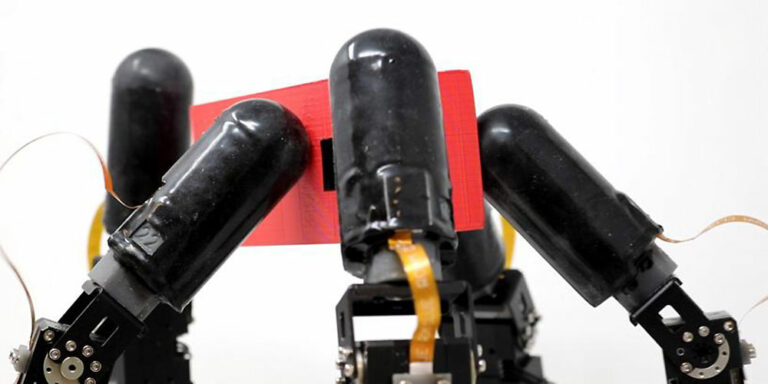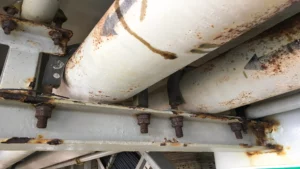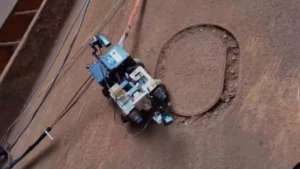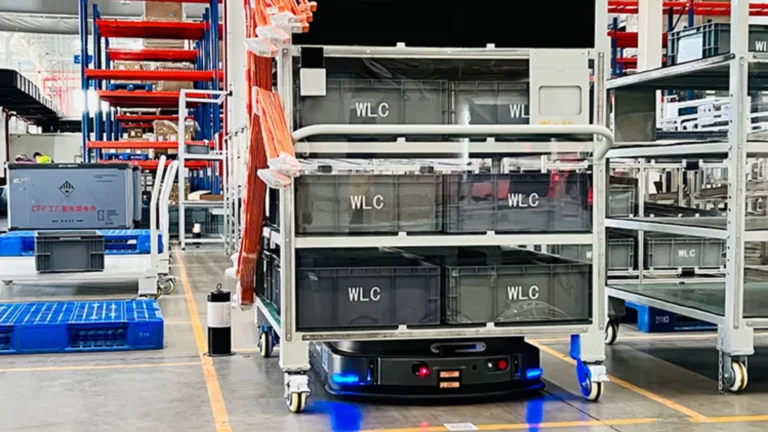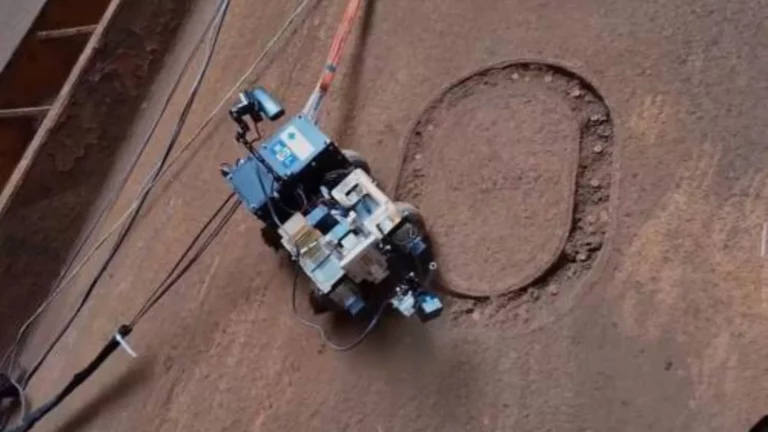Inspenet, May 31, 2023
Researchers at Columbia University have created the first hypersensitive robotic hand that can feel what it touches, marking an unprecedented breakthrough for what could be sensory-level limb impersonation.
For the first time, a machine can feel and handle objects, even in complete darkness, simply by touch, using Artificial Intelligence (AI).
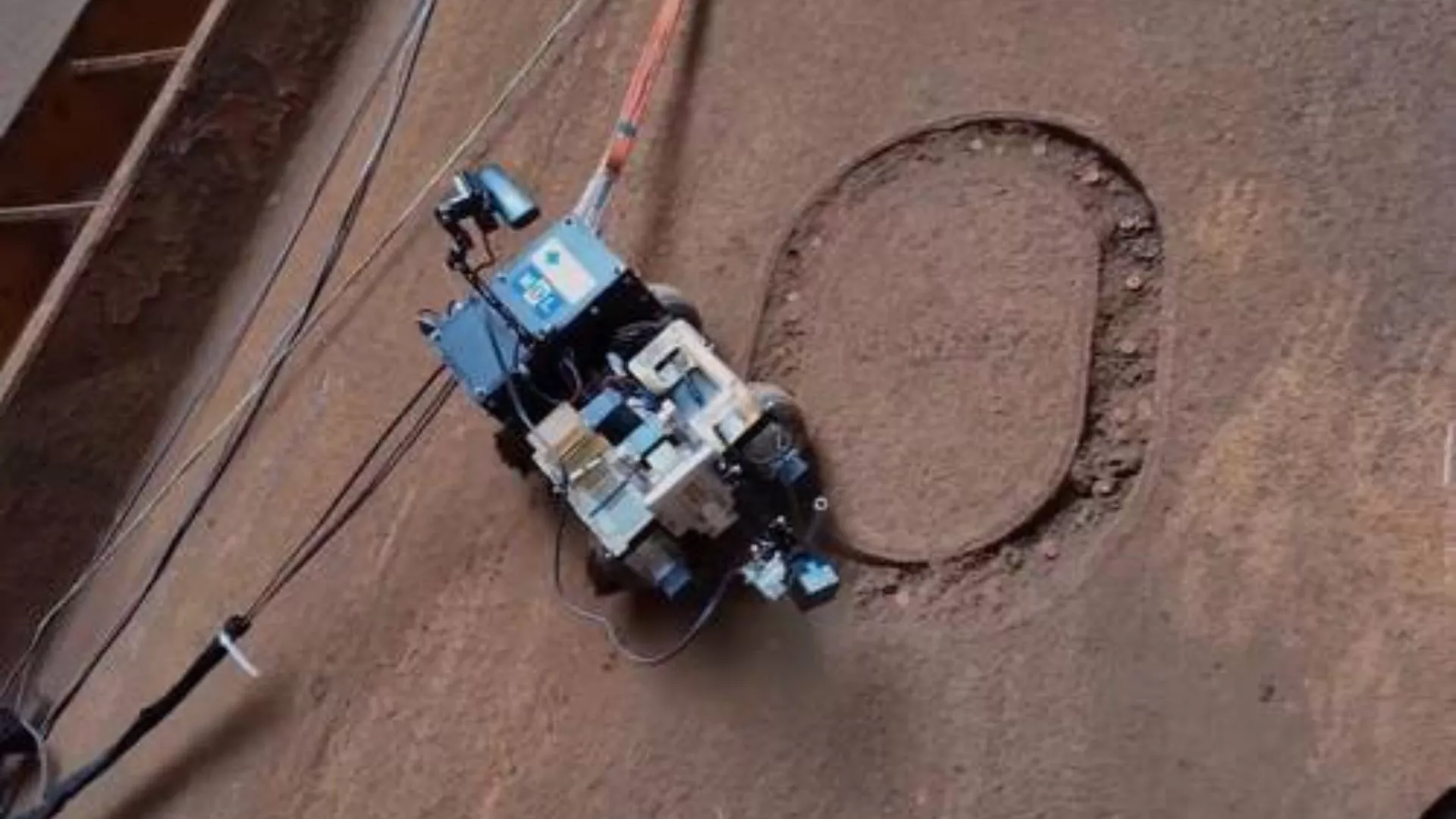

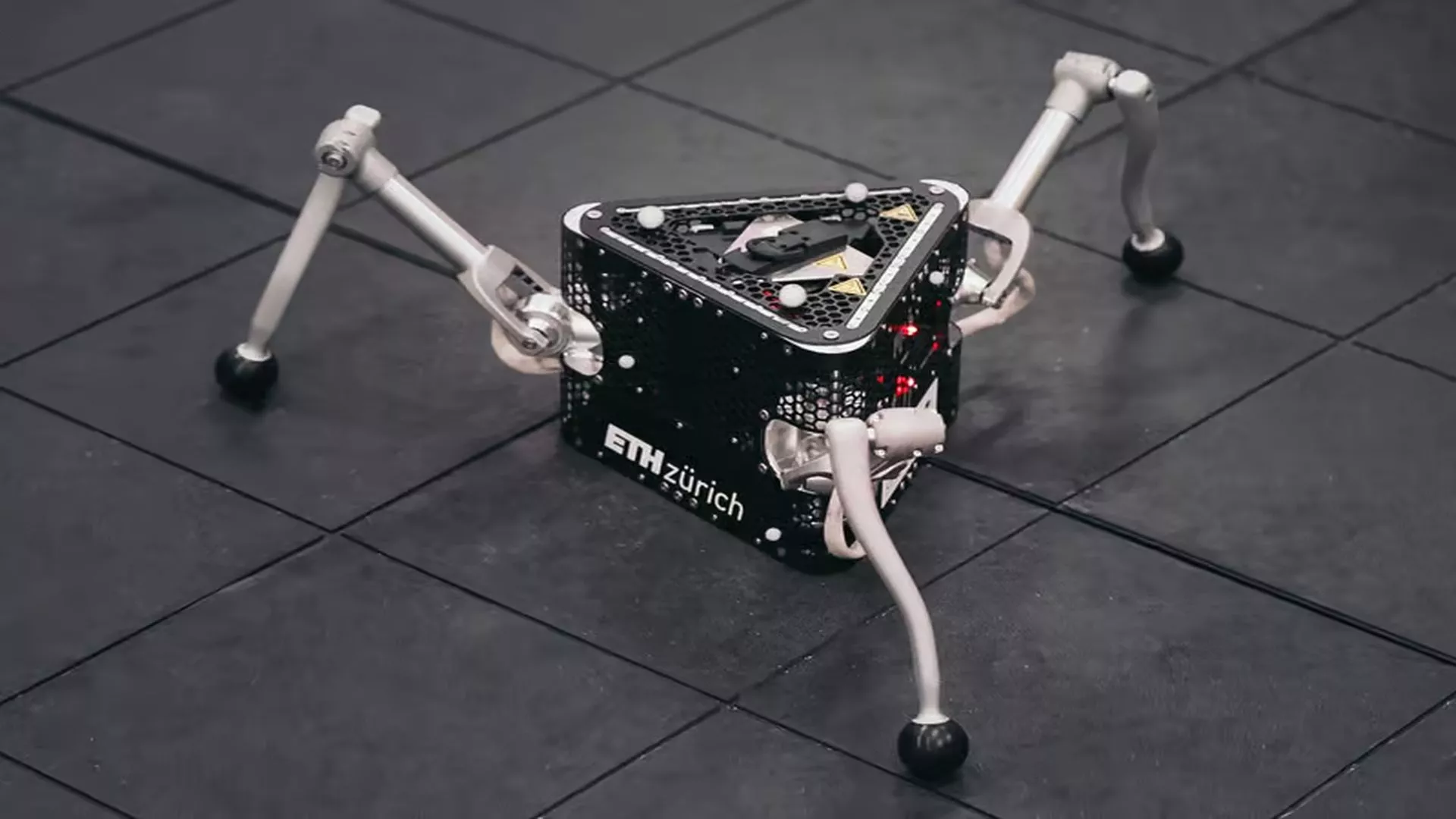

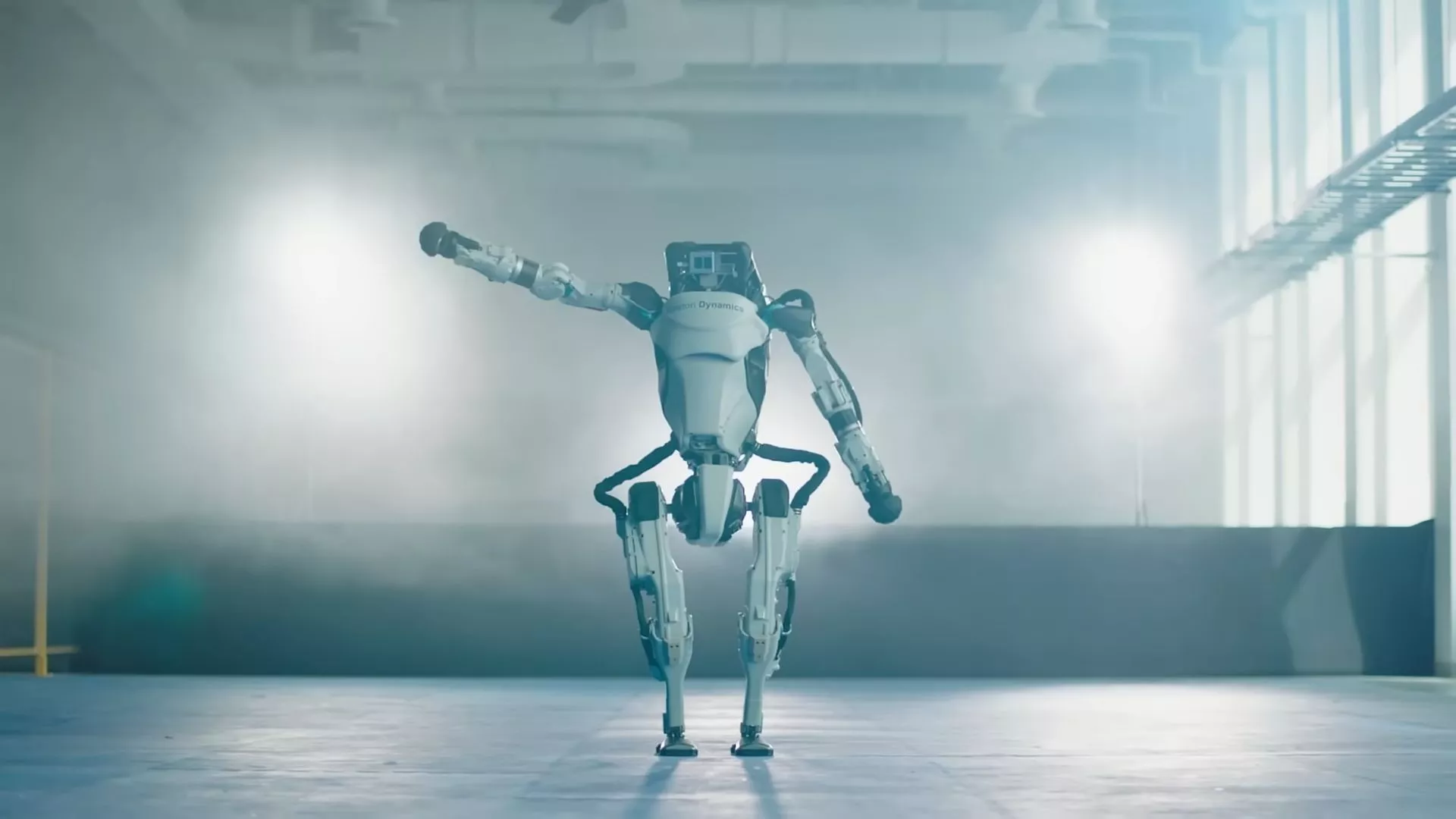
Meet the first AI-trained hypersensitive robotic hand
Thanks to a custom AI, they managed to train the robot to hold or simply touch something, even if it doesn’t see it. Using reinforcement learning, a hypersensitive robotic hand in this case can be trained to detect materials in any space.
When the AI is programmed and the robot completes the movement, or simply the order, assigned to it, the software is rewarded with a hit, when it fails, it is punished with an error. The problem with this is that when the robot understands that it has failed, it must understand that it cannot stop the action.
For example, if he is holding a ball, and does not comply with the following movement that is requested and said failed action is marked as an error, he must understand that he must continue in the previous point and learn from the error. For this type of situation, an increasingly sophisticated AI is needed, the problem is that they are not yet at the level of complexity that even a baby could understand.
Also, they used a type of machine learning algorithm, which is based on sample-based planning, so the robot can randomly explore different trajectories in its state space.
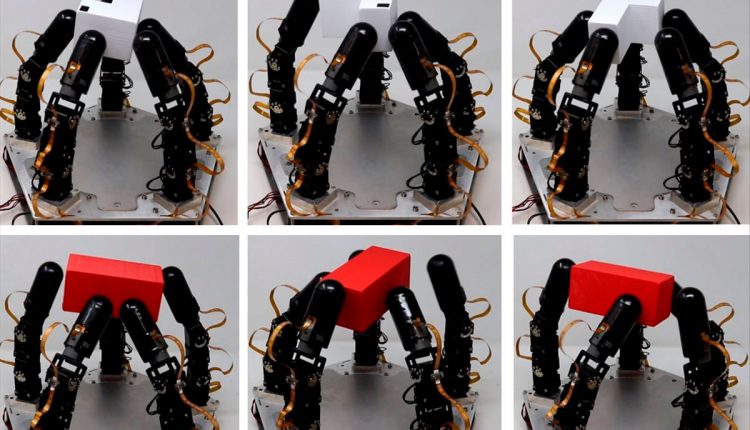
Explore the fascinating training of a robotic hand that can feel and manipulate objects without needing to see them
The training is so intense that the cameras that are integrated to help the AI understand where the object is and how to hold it are insufficient, since the robot has come to understand the concept of not having light and having to feel.
For this reason, the fingers were equipped with a series of sensors so that they could feel what they touch, they even detect the movement of the object, such as a ball that moves when touched, as well as its possible location when it moves.

In the case of the ball, it has been achieved that this hypersensitive robotic hand can balance the pressure of each finger through AI training, and it has even been achieved that it holds it with only three fingers without there being a force imbalance in each of them.
In order for the robotic hand to feel what it touches and detect the movement and location of the object, another algorithm called fast random search tree was also used.
This opens up a whole new field, as joints and body parts with a very high degree of sensitivity could be designed to help people with disabilities and physical problems with tasks that they currently cannot do.
Source : Chapuzas Informático
Photos : ARVIX
Don’t miss the Inspenet News at: https://inspenet.com/inspenet-tv/



